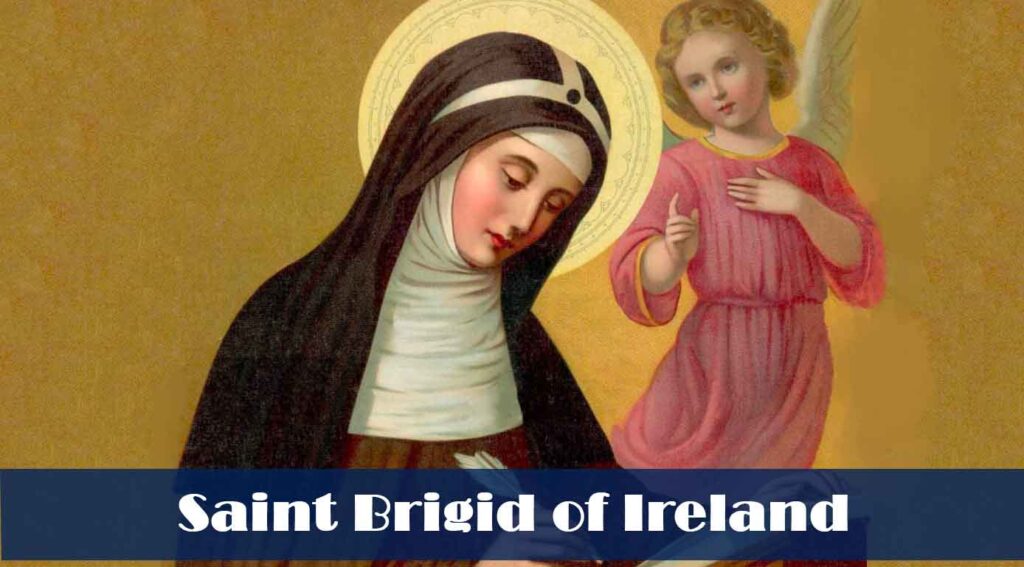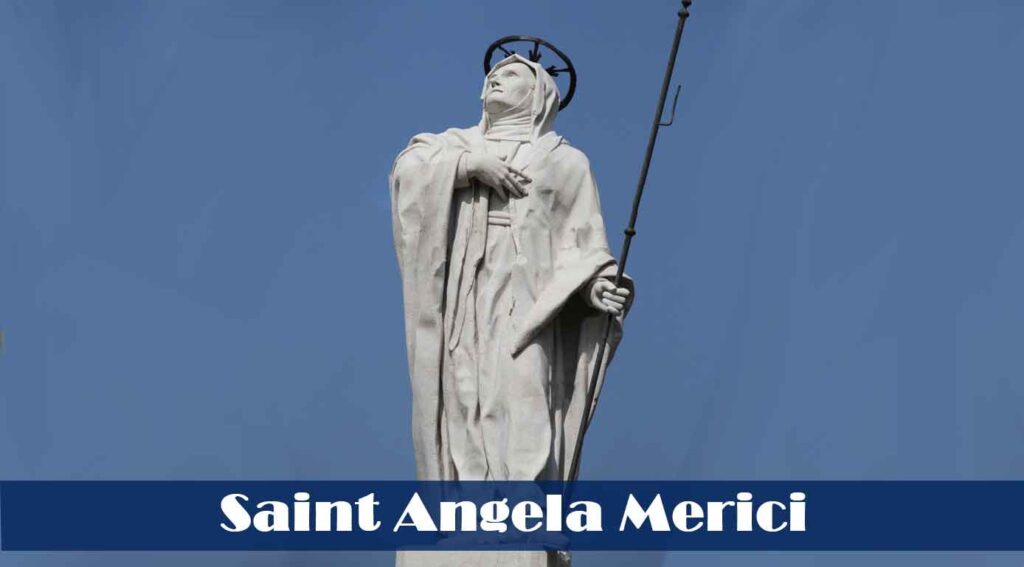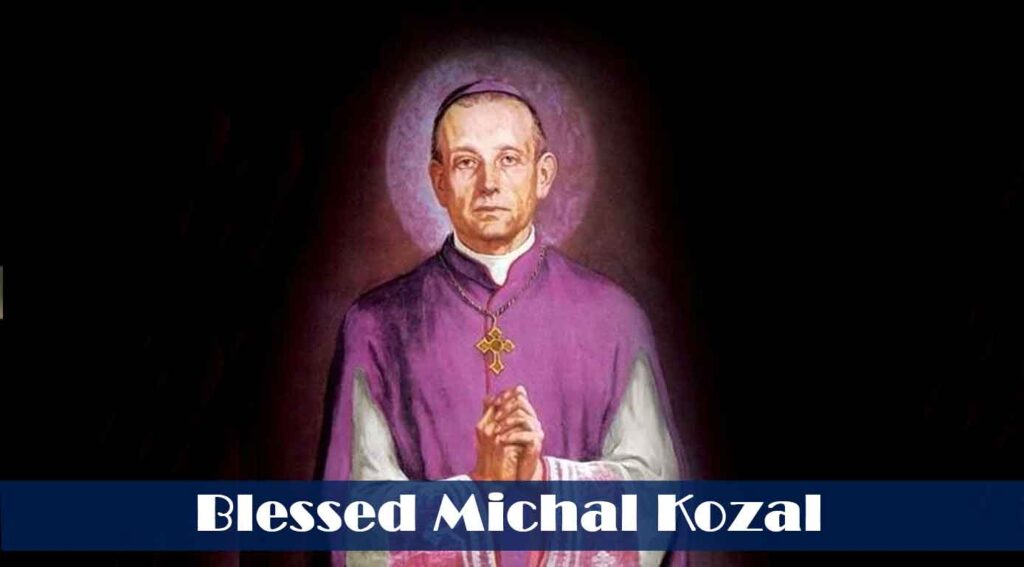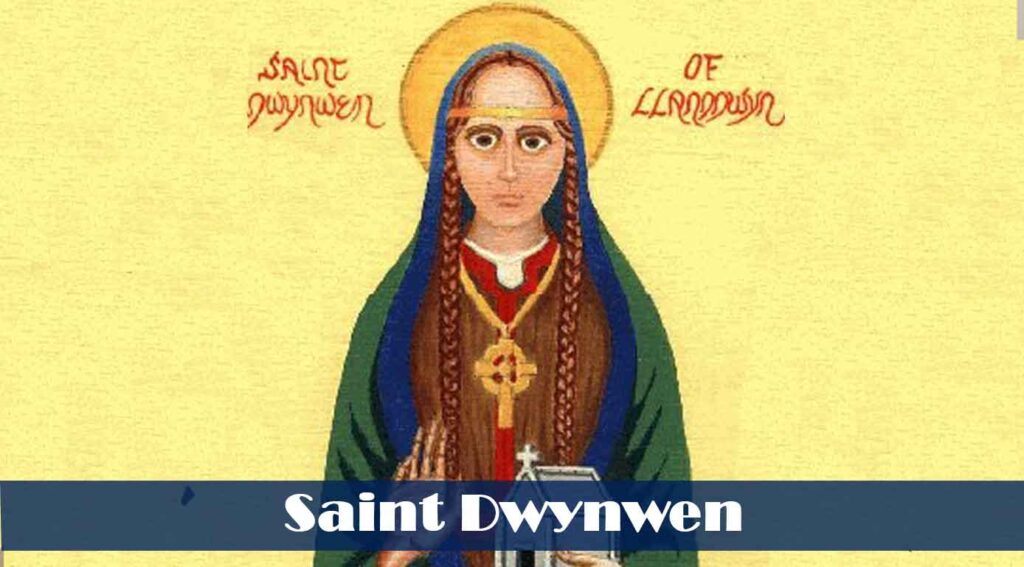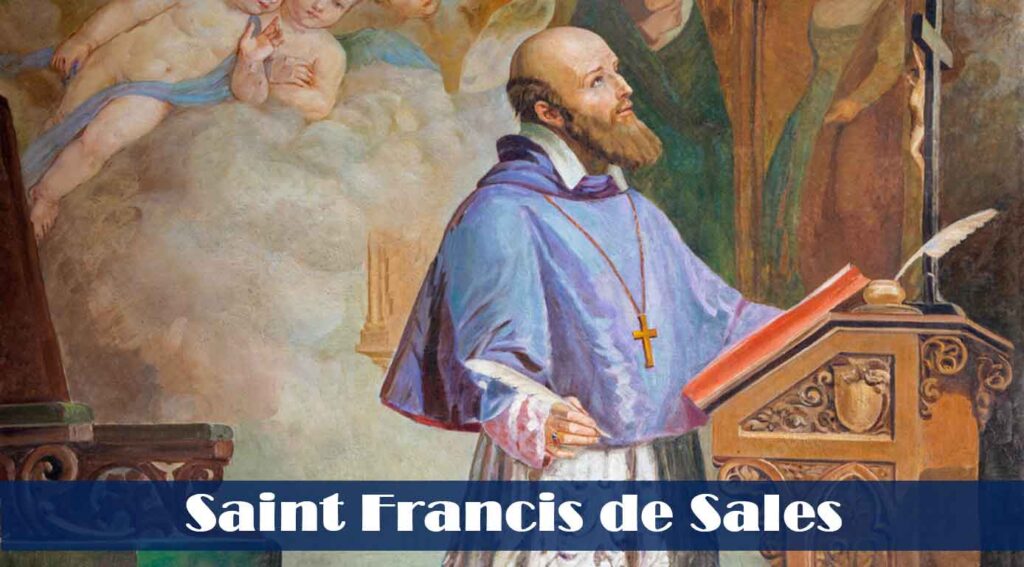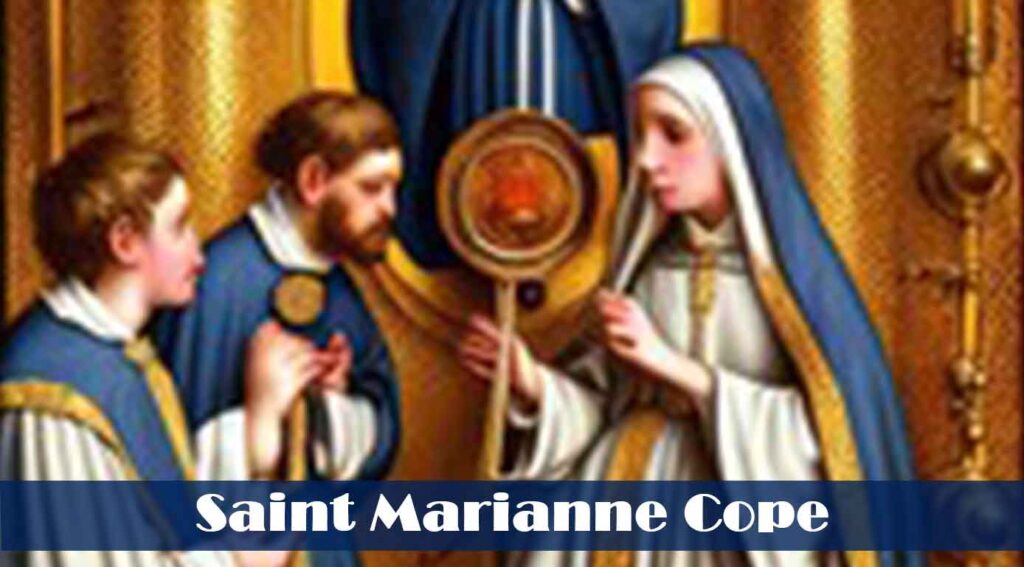Saint Brigid of Ireland
Saint Brigid is also known as Saint Brigid of Kildare. She is patroness saint of Ireland, and one of its three national saints along with Patrick and Columba. She is patroness of many things, including poetry, learning, healing, protection, blacksmithing, livestock and dairy production. The saint shares her name with a Celtic goddess.
There are few historical facts about her, and early hagiographies are mainly anecdotes and miracle tales, some of which are rooted in pagan folklore. She was an abbess who founded several convents of nuns, most notably that of Kildare, which was one of the most important in Ireland.
Brigid was said to have worked miracles, including healing and feeding the poor. According to one tale, as a child, she once gave away her mother’s entire store of butter. The butter was then replenished in answer to Brigid’s prayers. Around the age of ten, she was returned as a household servant to her father, where her charity led her to donate his belongings to anyone who asked.
Brigid, with an initial group of seven companions, is credited with organising communal consecrated religious life for women in Ireland.She founded two monasteries; one for men, the other for women.
Sources:
https://en.wikipedia.org/wiki/Brigid_of_Kildare
St. Brigid's GNS, Glasnevin.
Farmer, David. The Oxford Dictionary of Saints (Fifth Edition, Revised). Oxford University Press, 2011. pp.66–67, 467–470
Jestice, Phyllis G. (2004). Holy People of the World: A Cross-Cultural Encyclopedia. ABC-CLIO. pp. 140–. ISBN 9781576073551.
Saint Brigid of Ireland Read More »


